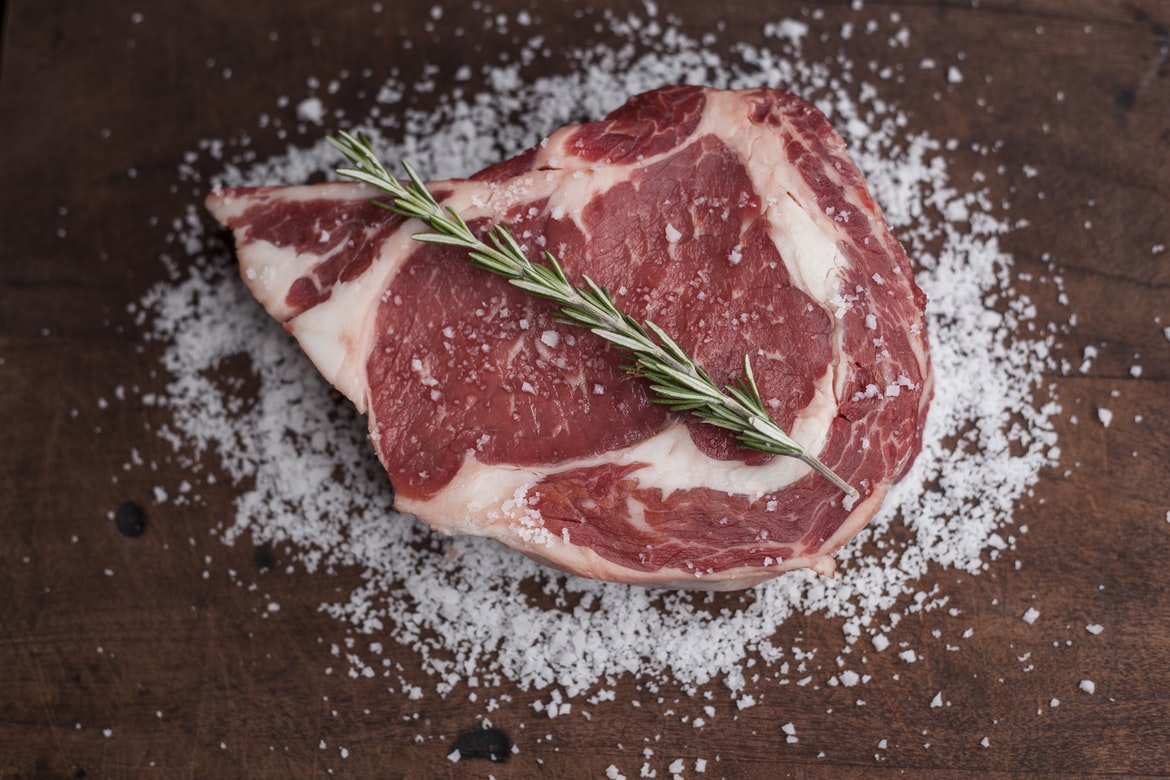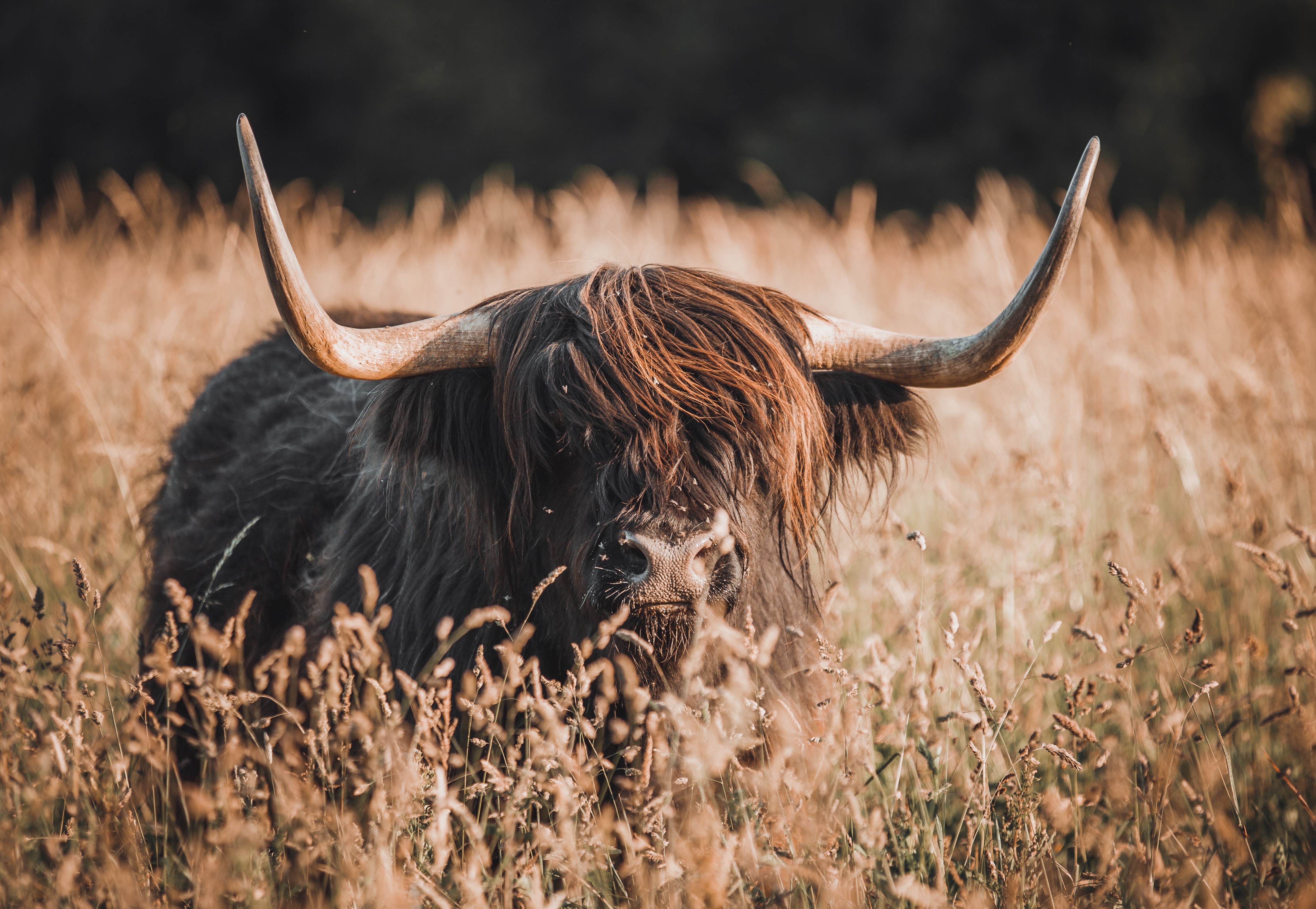The echoing holler of cattle drapes the rolling hills as the sun crests, shedding a glowing light over grass touched by the fall's chill. Men and carts creak as they make their way to the corrals, the spoils of their
Harvest bounty held, ready to feed and fatten those creatures that will feed them through the cold winter months when little grows beneath the snow cover. As the sun rises further, the bellowing creatures quiet as hay and grain are layered within their troughs, their stomachs already filling with the things that will later become the cud they chew as they watch the day pass.
Long before the bellies of the
Clay Giants are filled, they tend to their animals, filling troughs, counting heads, and doing the sometimes menial work of making sure that those creatures within their care are healthy and safe. The Black Stout are the easiest to fulfill these chores with, as their corrals are close to the villages where their keepers live. The size of these cattle is not enough to deter predators like the
Tatanka, nor do they have the large hooves of the
Hillbreds that keep most that wish them harm in check. For the Black Stout, they must be protected by fences and men, weapons and fire. Even so, the hard work is worth it to the
Clay Giants, one of the few groups in the world that partake in
animal husbandry.
As the days become cooler and the skies change to a stormy, chilly grey, the shaggy coats of the Black Stout become the dark colors that granted the beasts their names. Some might call these beasts overgrown or unkempt, but this thick mop of hair is what protects them when the days become the coldest and the snows reach high up their legs. Even the littlest ones, just born, have a shaggy coat, but they also hide under their mothers' bellies, waiting for the
Clay Giants to bring food for the others and protect them from much more than just the cold.




I like that they shed their coat in summer so they are cooler. I love the name of the cattle breed too. Black stout is perfect.